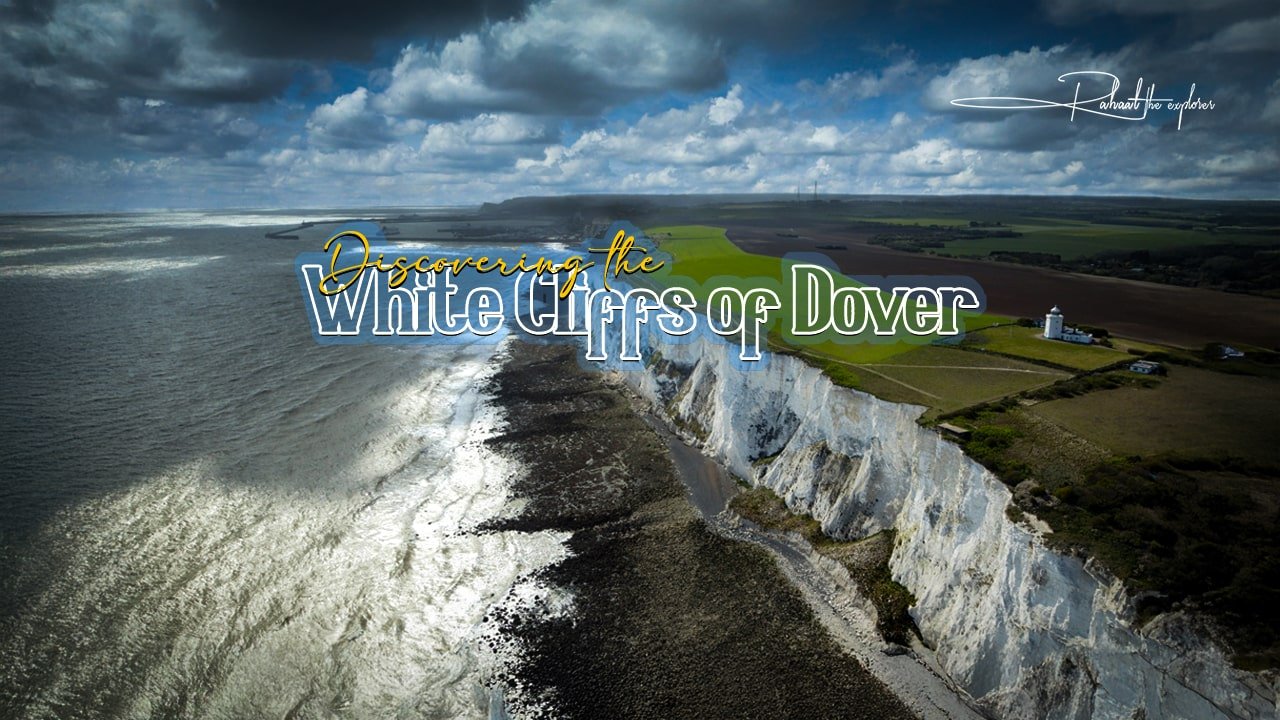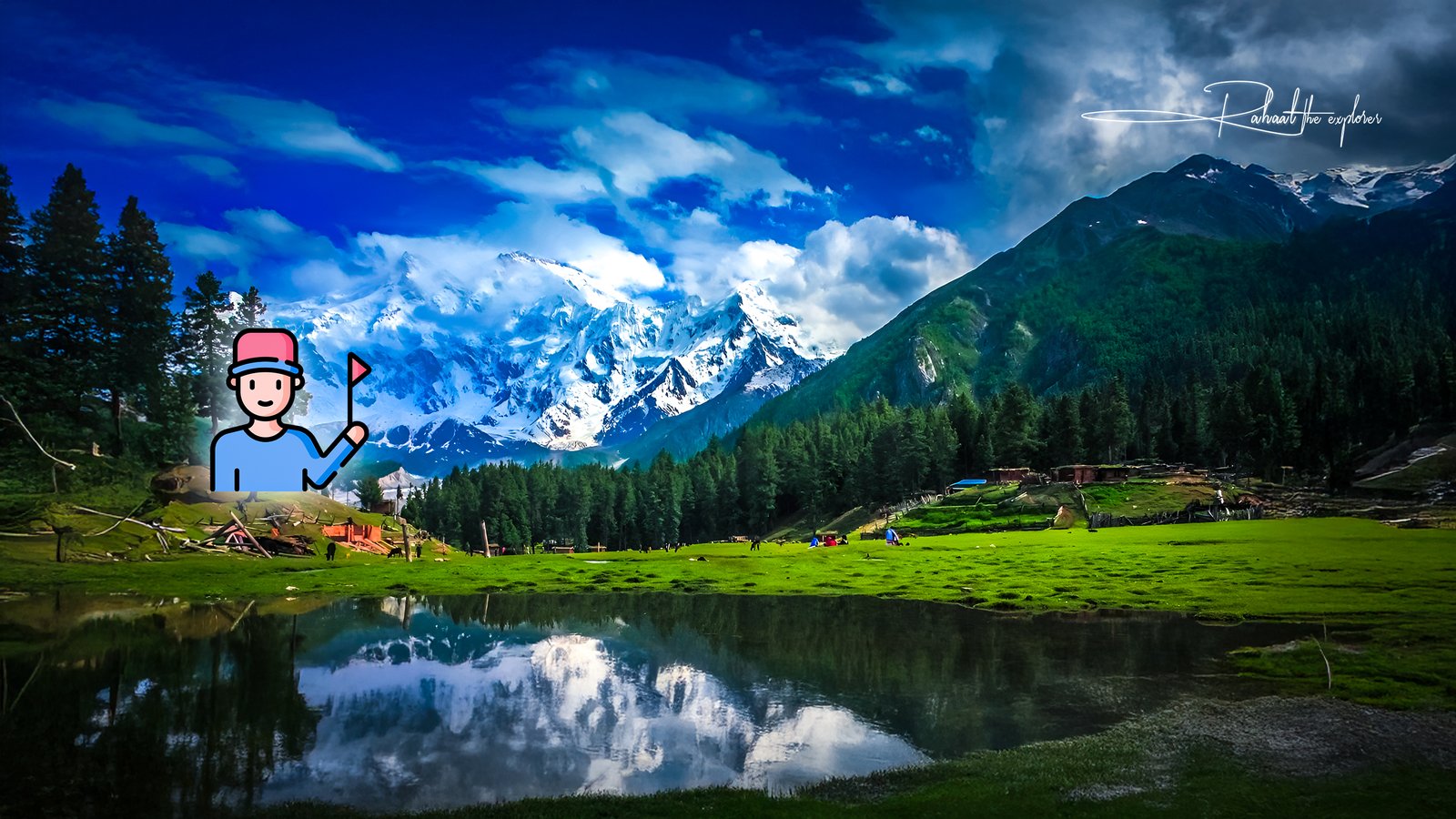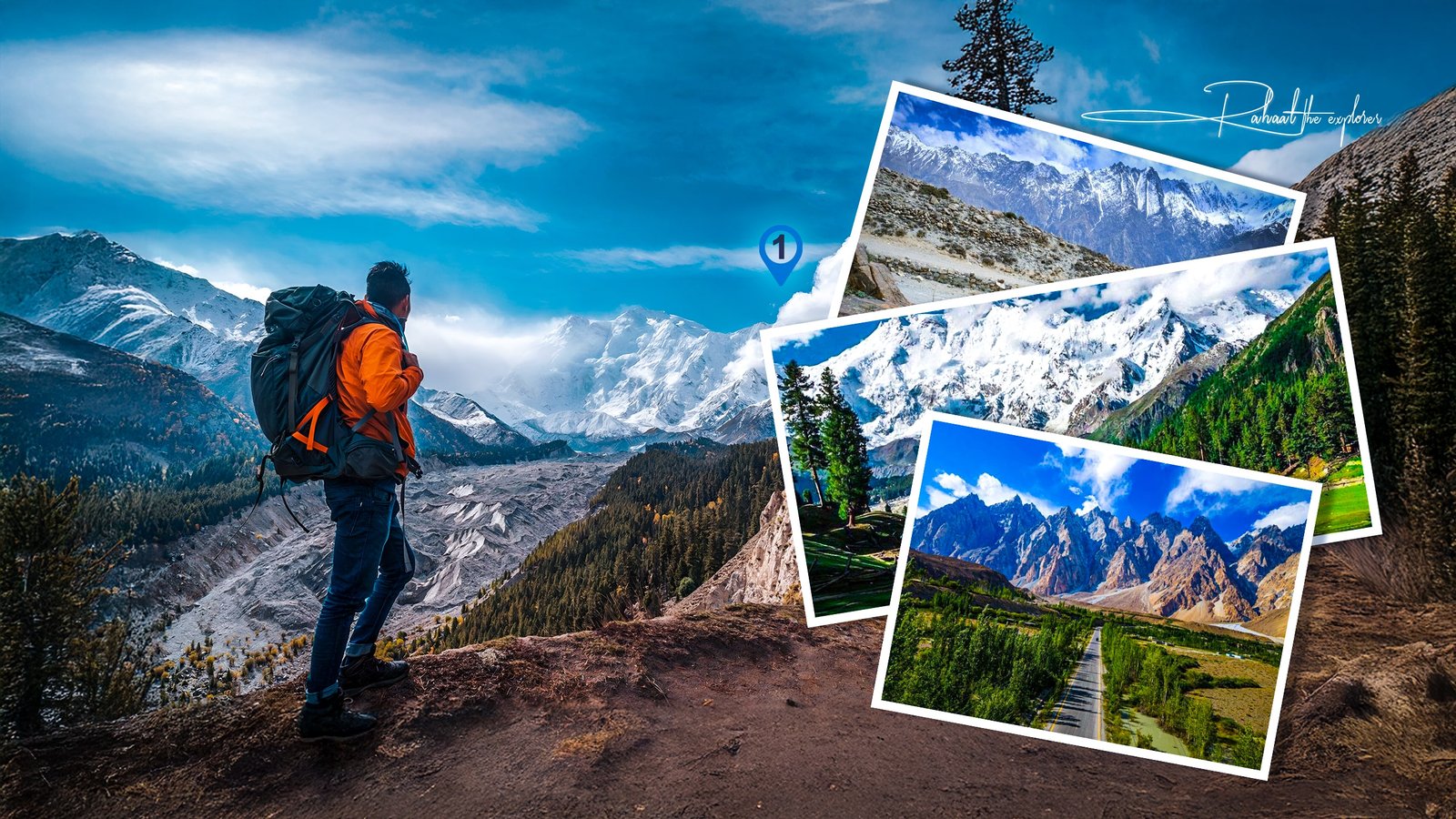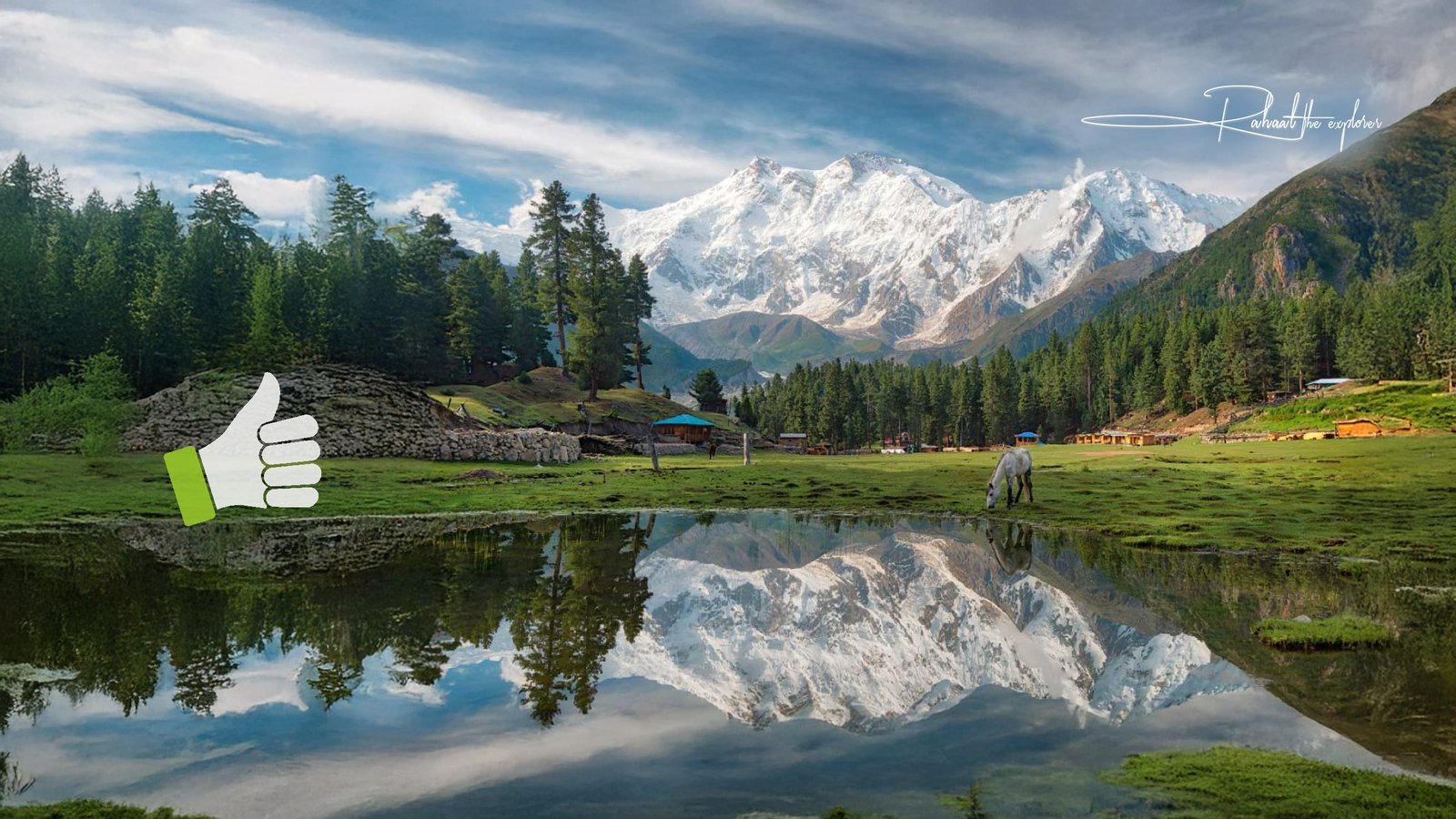Few landscapes in England are as instantly recognizable or emotionally stirring as the White Cliffs of Dover. Rising dramatically above the English Channel, these chalk cliffs have long been a symbol of Britain’s strength, beauty, and resilience. Whether you’re drawn by their historical significance, natural beauty, or coastal walking trails, visiting the White Cliffs of Dover is a quintessential British experience.
In this complete guide, we’ll explore everything you need to know about the White Cliffs of Dover — from their fascinating geology and wartime history to the best viewpoints, hiking trails, and travel tips for making the most of your visit.
1. The Iconic Symbol of England
The White Cliffs of Dover are more than just a geological wonder — they’re a national symbol. For centuries, these dazzling chalk cliffs have greeted travelers arriving from Europe and waved farewell to those leaving England’s shores.
The cliffs stretch along the Kent coastline, reaching heights of up to 350 feet (110 meters) and spanning over 10 miles (16 kilometers). Their striking white color comes from chalk, a soft limestone made of microscopic marine organisms that lived millions of years ago.
Cultural Significance
The cliffs have appeared in poems, paintings, and songs, most famously “(There’ll Be Bluebirds Over) The White Cliffs of Dover”, a World War II anthem of hope.
During both World Wars, they symbolized home, safety, and freedom, standing guard over the English Channel.
Today, they’re protected by the National Trust, ensuring that this historic landscape remains pristine for generations to come.
2. The Geology Behind the Cliffs
Formed during the Cretaceous period around 70 million years ago, the White Cliffs of Dover consist primarily of chalk mixed with flint. These cliffs were created when the area was submerged under a warm sea filled with tiny planktonic algae. Over millions of years, the remains of these organisms settled on the sea floor, compacted into layers, and were later uplifted by geological forces.
Interesting Geological Facts
- The cliffs continue to erode at a rate of roughly 1 centimeter per year, revealing fresh white chalk faces.
- The chalk contains fossilized sea creatures, giving geologists valuable insights into prehistoric marine life.
- The cliffs are part of a larger chalk formation that extends across southern England and into northern France.
3. Exploring the White Cliffs of Dover
Visiting the White Cliffs is both an inspiring and peaceful experience. The sweeping coastal views, fresh sea air, and lush countryside make it ideal for walkers, photographers, and history lovers alike.
How to Get There
- By Train: The fastest way is from London St. Pancras International to Dover Priory Station (about 1 hour).
- By Car: It’s a 2-hour drive from London via the M20 or A2. Parking is available at the National Trust Visitor Centre.
- By Ferry: If you’re arriving from France, Dover is the main port of entry — making the cliffs your first sight of England.
Visitor Information
- Address: Langdon Cliffs, Upper Road, Dover CT16 1HJ
- Opening Hours: Open year-round (check National Trust website for seasonal timings).
- Entrance Fee: Free to visit; parking charges apply.
4. The Best Viewpoints
The cliffs offer multiple vantage points to admire their beauty — whether you’re looking for short scenic stops or extended hikes.
a. The National Trust Visitor Centre
Start your journey here. You’ll find maps, exhibits about the cliffs’ natural history, and a café with panoramic views of the Channel.
b. South Foreland Lighthouse
A 2-mile (3.2 km) walk from the Visitor Centre leads to this 19th-century lighthouse, once used by Marconi for pioneering wireless radio experiments. The view from the top is one of the most breathtaking along the coast.
c. Dover Castle Viewpoint
For a mix of history and scenery, visit Dover Castle, one of England’s largest medieval fortresses. From the castle ramparts, you’ll see the cliffs, port, and even France on a clear day.
d. St. Margaret’s Bay
A charming coastal village at the eastern end of the cliffs — perfect for beach walks, sea views, and cozy pubs.
5. The Best Walking Trails
If you love hiking or photography, the White Cliffs of Dover offer some of the most rewarding walks in England.
The Classic Walk: Dover to South Foreland Lighthouse
- Distance: 4 miles round trip
- Difficulty: Moderate
- Highlights: Coastal views, wildflowers, grazing ponies, and the historic lighthouse café.
Tip: Wear sturdy shoes and bring a windproof jacket — the sea breeze can be strong.
Dover to Deal Trail
- Distance: 8 miles
- Difficulty: Moderate to Challenging
- Highlights: South Foreland Lighthouse, St. Margaret’s Bay, and Deal Castle.
This longer route offers uninterrupted views of the cliffs and coastline.
Langdon Bay Trail
A lesser-known path descending to a secluded cove below the cliffs — ideal for adventurous visitors looking to experience the cliffs from sea level.
6. Wildlife and Natural Beauty
The cliffs are not just a visual wonder — they’re a haven for wildlife. The chalk grasslands support rare plants, butterflies, and seabirds that thrive in this coastal habitat.
Wildlife to Spot
- Peregrine falcons: Often seen diving at high speeds along the cliffs.
- Kittiwakes and fulmars: Nesting on ledges during spring and summer.
- Adonis blue butterflies: Found in warmer months among wildflowers.
- Wildflowers: In late spring, look for orchids, vetch, and thyme carpeting the meadows.
This rich biodiversity makes the cliffs an excellent destination for birdwatchers and nature photographers.
7. History and Wartime Significance
The White Cliffs of Dover played a pivotal role during both World Wars. Their location, facing continental Europe, made Dover the “frontline town” of Britain’s defenses.
World War II Highlights
- Dover Castle Tunnels: Used as a command center during the evacuation of Dunkirk.
- Gun Emplacements: The cliffs were fortified with coastal guns and radar stations.
- Air Raid Shelters: Dover endured heavy bombing due to its proximity to France.
Today, visitors can explore the Secret Wartime Tunnels beneath Dover Castle — a fascinating look into Britain’s wartime efforts.
8. Local Experiences and Attractions
Dover Castle
Known as the “Key to England,” Dover Castle overlooks the cliffs and port. Explore its medieval towers, underground tunnels, and wartime exhibits.
St. Margaret’s Bay
A scenic beach cove where you can relax, kayak, or enjoy traditional fish and chips. The Coastguard Pub offers excellent sea views.
Samphire Hoe
A nature reserve created from Channel Tunnel excavation material — now home to rare plants and great walking trails.
Dover Town
Wander the harbor, visit the Dover Museum, or take a ferry tour to view the cliffs from the sea — one of the best perspectives of all.
9. Photography Tips
Photographers will find endless inspiration here — from golden sunrises to misty seascapes.
Best Times to Photograph
- Morning Light: The cliffs glow beautifully under the soft early light.
- Golden Hour: Late afternoon provides rich contrast against the blue Channel.
- From the Water: Take a boat trip for dramatic cliff-side shots.
Bring a polarizing filter to capture the deep blues of the sea and highlight the cliffs’ white brilliance.
10. Planning Your Visit: Travel Tips
- When to Visit: Late spring to early autumn (May–September) offers the best weather and wildflowers.
- Duration: Allow at least half a day to explore the main viewpoints and walking trails.
- Accessibility: The main paths near the Visitor Centre are suitable for most visitors, though steep sections exist.
- Facilities: Restrooms, parking, and a café are available at the Visitor Centre.
- Safety: Keep a safe distance from cliff edges — erosion can make them unstable.
11. Where to Stay Near the White Cliffs of Dover
Luxury Options
- The Marquis at Alkham: A boutique country hotel offering fine dining and elegant rooms.
- Castle House Guesthouse: Near Dover Castle, combining comfort with historic charm.
Mid-Range
- Best Western Plus Dover Marina Hotel: Ideal for sea views and easy access to the harbor.
- The White Cliffs Hotel (St. Margaret’s Bay): Cozy and convenient for coastal walks.
Budget
- Dover Adventure Backpackers: Great for solo travelers.
- Premier Inn Dover Central: Affordable and comfortable.
12. Sustainable Travel at the Cliffs
The National Trust works hard to preserve the cliffs’ natural environment. Visitors can help by:
- Staying on marked paths to prevent erosion.
- Taking litter home.
- Supporting local conservation initiatives.
- Using public transport when possible.
Sustainable tourism ensures that future generations can enjoy this extraordinary landscape just as we do today.
Frequently Asked Questions (FAQs)
1. Where are the White Cliffs of Dover located?
They’re located along the southeastern coast of England in Kent, near the town and port of Dover.
2. Can you walk on the White Cliffs of Dover?
Yes, there are well-marked trails maintained by the National Trust, including routes to the South Foreland Lighthouse and St. Margaret’s Bay.
3. How high are the cliffs?
The cliffs reach up to 350 feet (110 meters) at their highest point.
4. What is the best time to visit?
The best time is between May and September when the weather is mild, and wildflowers are in bloom.
5. How long does it take to explore the cliffs?
Plan for at least 3–4 hours to enjoy the main trails and viewpoints comfortably.
6. Can you see France from the cliffs?
Yes, on a clear day, you can see the French coastline about 21 miles (34 km) across the English Channel.
7. Is there an entrance fee?
Visiting the cliffs is free, though parking at the National Trust Visitor Centre requires a small fee.
Conclusion: The Timeless Allure of the White Cliffs of Dover
The White Cliffs of Dover are not just a natural landmark — they’re a symbol of endurance, history, and beauty. Whether you’re hiking along their windswept edges, exploring nearby historical sites, or simply standing still to admire the vastness of the English Channel, the experience leaves a lasting impression.
A visit here is both humbling and uplifting — a reminder of nature’s power and the deep connection between land, sea, and history. For travelers seeking both serenity and meaning, the White Cliffs of Dover are an unforgettable stop on any UK journey.



















